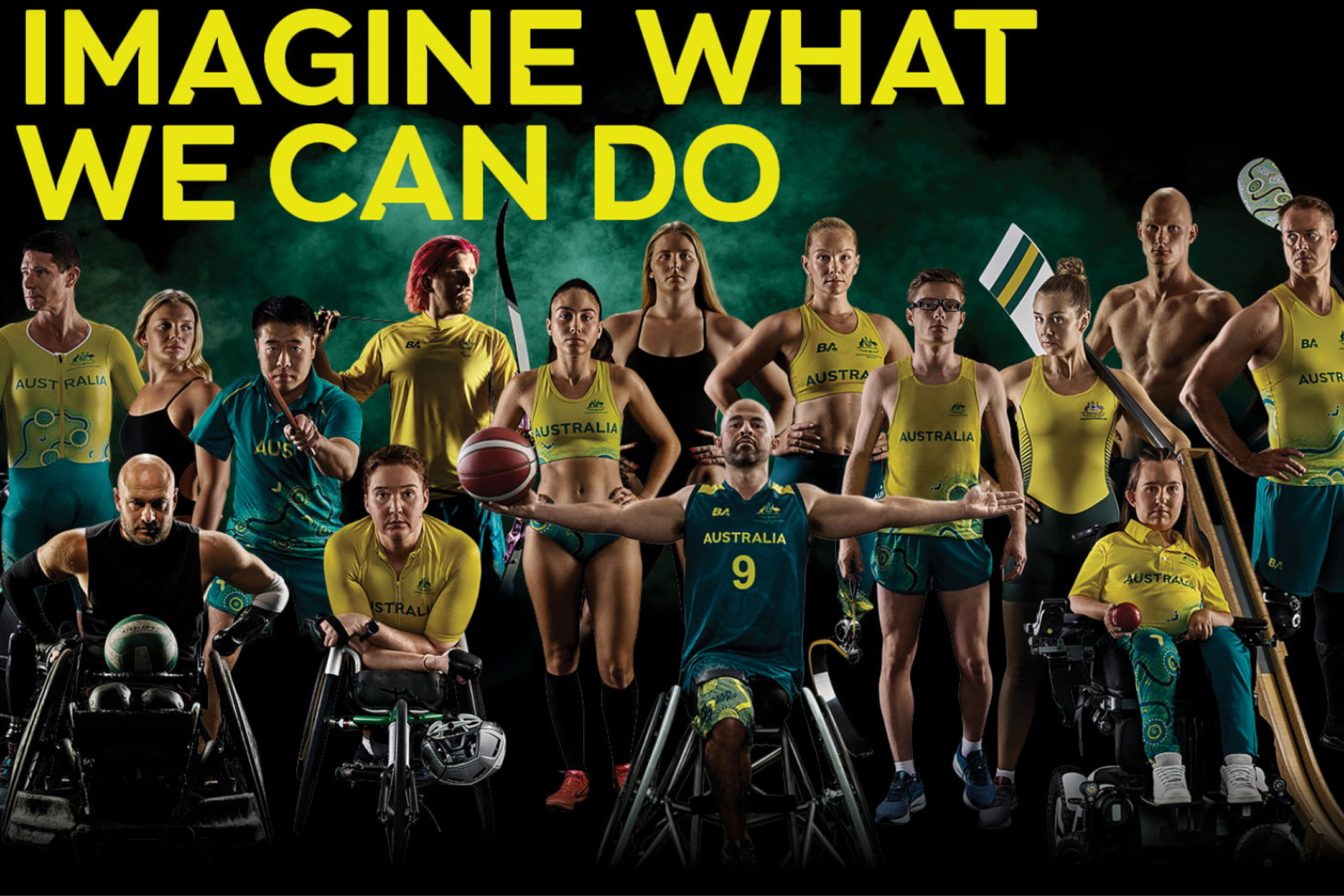
15 Aug Paralympics 101
With the Paralympics following hot on the heels of our best-ever Summer Olympic Games, there is a large group of Australians representing us in Paris at the 2024 Paralympic Games to keep the Aussie Spirit going!
Ever wondered how athletes for the Paralympics are classified and how it works?
Special Olympics and Paralympics are two separate organisations recognised by the International Olympic Committee (IOC).
They are similar in that they both focus on sports for athletes with a disability and are run by international non-profit organisations.
Apart from that, the Special Olympics and the Paralympics differ in three main areas:
- The disability categories of the athletes that they work with
- The criteria and philosophy under which athletes participate and
- The structure of their respective organisations.
Athletes
Special Olympics welcomes all athletes with intellectual disabilities (ages 8 and older) of all ability levels to train and compete in over 30 Olympic-type sports. To be eligible to participate in Special Olympics, athletes must have an intellectual disability, a cognitive delay, or a developmental disability, that is, functional limitations in both general learning and adaptive skills. (They may also have a physical disability.)
Paralympics welcomes athletes from six main disability categories: amputee, cerebral palsy, intellectual disability, visually impaired, spinal injuries and Les Autres (French for “the others”, a category that includes conditions that do not fall into the categories mentioned before). To participate in the Paralympic Games, athletes must fulfil certain criteria and meet certain qualifying standards in order to be eligible.
Paralympic Games Classification
Classification provides a structure for Paralympic competition. Athletes competing in Para sports have an impairment that leads to a competitive disadvantage. So, a system has been put in place to minimise the impact of impairments on sports performance and to ensure the success of an athlete is determined by skill, fitness, power, endurance, tactical ability and mental focus. This system is called classification.
Classification determines who is eligible to compete in a Para sport, and it groups the eligible athletes in sports classes according to their activity limitation in a certain sport.
Classification systems differ by sport and are developed by the International Federations (IF) governing the sport. The IF is also responsible for reviewing the system from time to time. See below the classification system which will be used for the Tokyo 2020 Paralympic Games.
For more details about the classification system, download the following document (41 pages!)
Explanatory Guide To Paralympic Classification (PDF )
Main Image: Paralympics Australia

